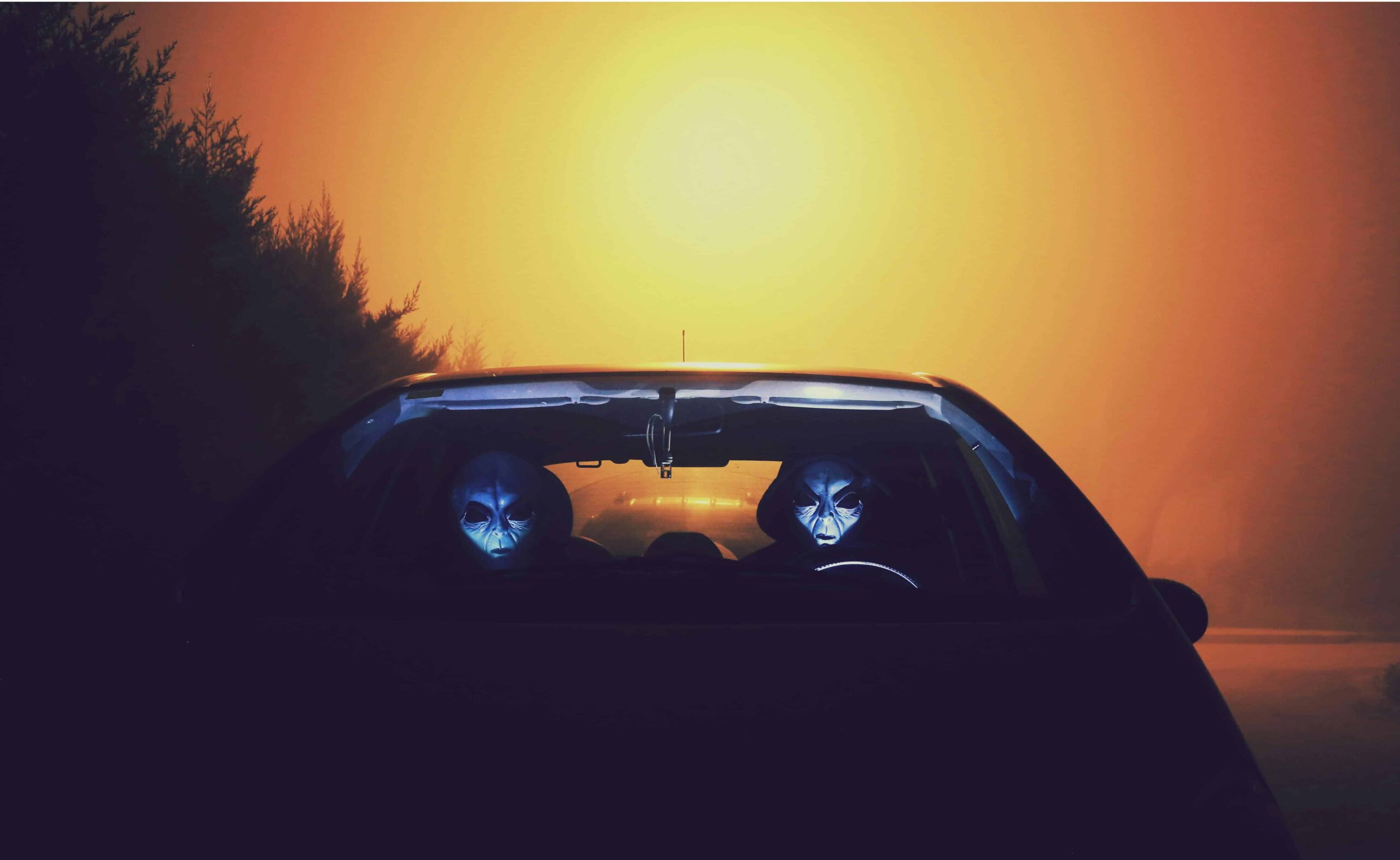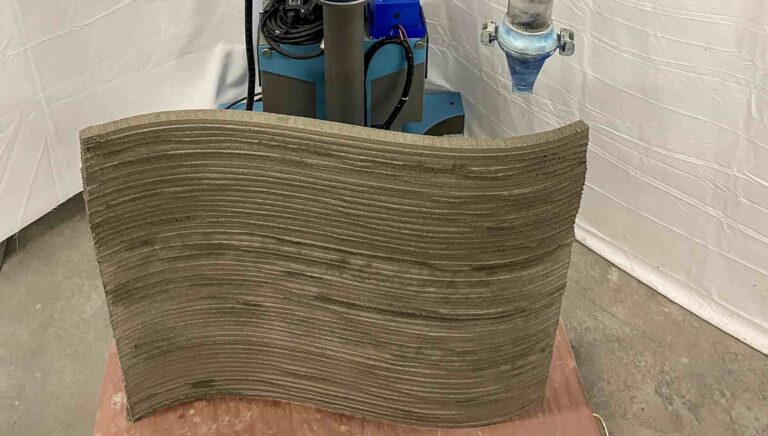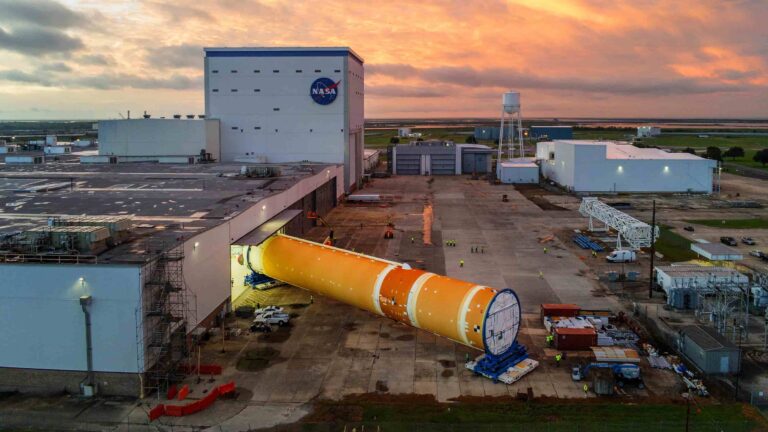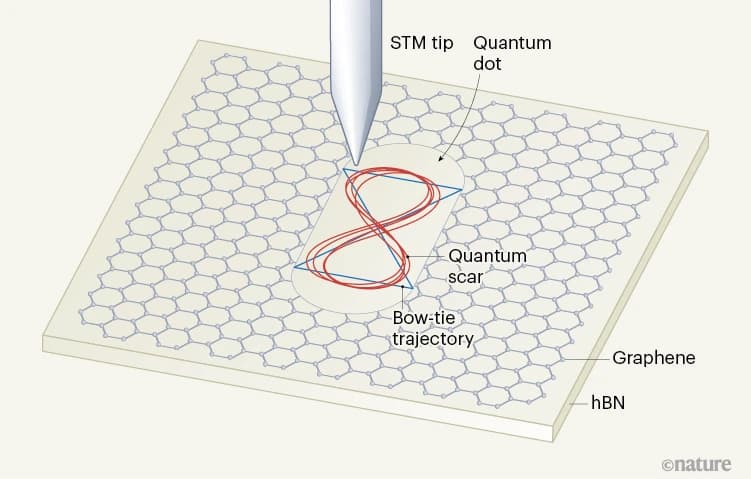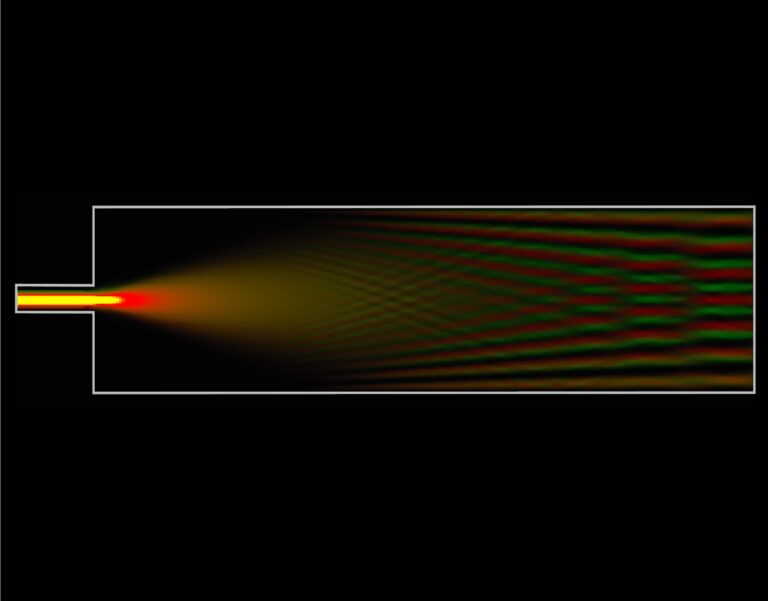Aliens but with Origin from Earth
Researchers at Imperial College London have made a surprising discovery that challenges claims of alien life in space samples. Matthew Genge and his team analyzed a particle of rock retrieved from the asteroid Ryugu by the Hayabusa2 mission in 2020. Despite strict protocols designed to prevent contamination, the team found traces of Earthly bacteria on the sample.
The particle was kept in dry and sterile conditions since its return to Earth to minimize exposure to the planet’s environment. However, a week after embedding the particle in resin for analysis, researchers observed 11 microorganisms with cylindrical shapes similar to those of the bacterium Bacillus. Over the next three weeks, the number of microorganisms increased to 147 before gradually declining over the following six weeks.
This pattern of growth suggests that the asteroid fragment was likely contaminated during the sample preparation process on Earth. The rapid colonization of the particle by bacteria, despite the precautions taken, raises concerns about the validity of claims of extraterrestrial life in similar samples. It also underscores the importance of stringent controls in both inbound and outbound space missions to prevent contamination.
The Research Process
The study involved meticulous analysis of the asteroid sample. Here’s a step-by-step breakdown of the process:
- Sample Retrieval and Handling: The Hayabusa2 mission collected a sample from the asteroid Ryugu and brought it back to Earth in 2020.
- Sterilization and Storage: Upon arrival, the sample was placed in dry and sterile conditions to minimize contamination.
- Embedding in Resin: A week after retrieval, the sample was embedded in resin to prepare it for detailed study.
- Imaging and Observation: Researchers used imaging techniques to observe the sample. They initially spotted 11 microorganisms resembling Bacillus bacteria.
- Growth Monitoring: Over the next three weeks, the number of microorganisms increased significantly, reaching 147. The population then gradually decreased over the following six weeks.
Implications for Future Research
The findings highlight several critical points:
- Skepticism Towards Alien Life Claims: The study suggests that researchers should approach claims of extraterrestrial life with caution, considering the potential for Earthly contamination.
- Bacterial Adaptability: The ability of Earthly bacteria to colonize and feed on organic matter from asteroids indicates that outbound missions need strict controls to protect extraterrestrial environments from contamination.
- Importance of Sterile Techniques: The rapid growth of bacteria despite strict handling procedures underscores the need for even more advanced and rigorous sterilization methods in future space missions.
Conclusion
The discovery by Matthew Genge and his team at Imperial College London serves as a reminder of the complexities involved in identifying truly alien life. It emphasizes the necessity of meticulous scientific procedures and the importance of considering the potential for contamination in space research. As we continue to explore the cosmos, these findings will guide researchers in developing more robust methods to ensure the integrity of their samples and the accuracy of their conclusions.
